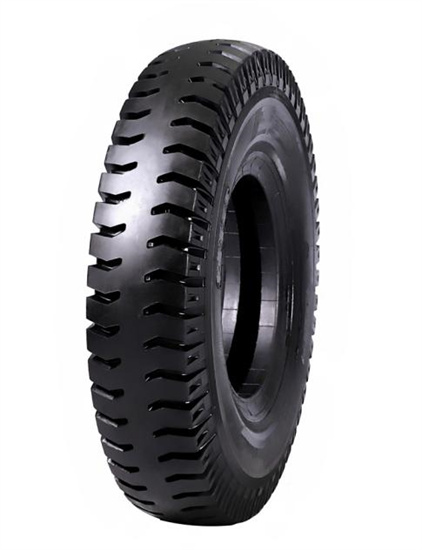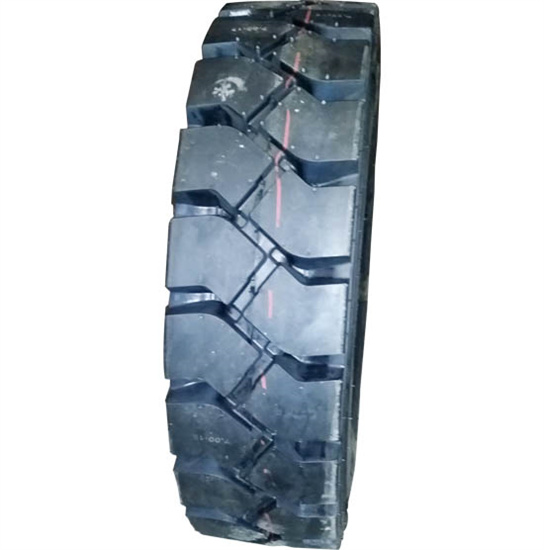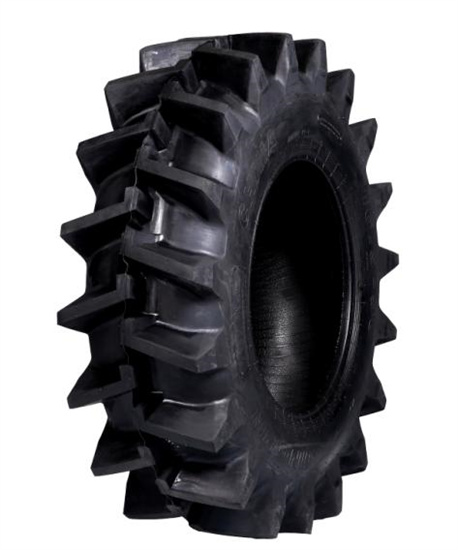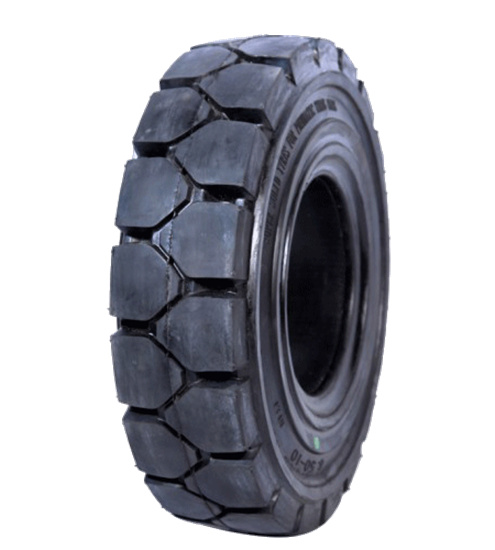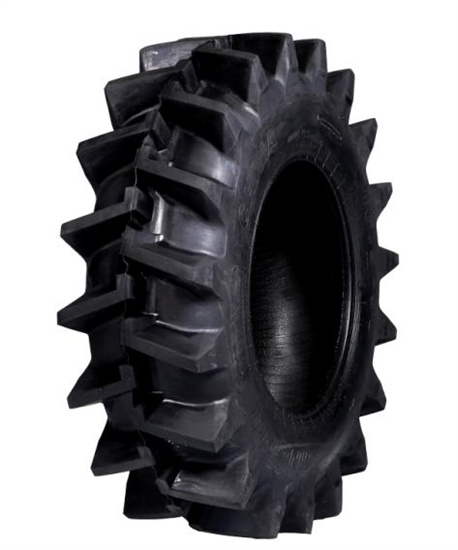6.50-10 Non-Marking Solid Tire IND Pattern
If you’ve ever delved into the world of industrial tires, you know it can be a maze of specifications, jargon, and countless choices. One tire that stands out in this complex landscape is the 6.50-10 non-marking solid tire IND pattern. Whether you’re managing a warehouse, running a manufacturing plant, or handling any heavy-duty application, understanding this tire can be a game-changer. So, buckle up as we navigate through the ins and outs of this robust, versatile tire.
Overview of the 6.50-10 Non-Marking Solid Tire IND Pattern
The 6.50-10 non-marking solid tire IND pattern is specifically designed for industrial applications where durability, stability, and cleanliness are paramount. Here’s a quick snapshot:
- Tire Size: 6.50-10
- Type: Non-marking solid
- Pattern: IND (Industrial)
- Applications: Forklifts, material handling equipment, and other industrial vehicles
- Benefits: Durable, puncture-resistant, does not leave marks on the floor
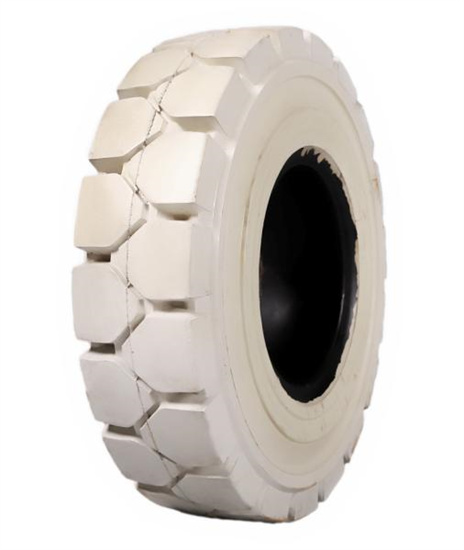
Size Specifications of 6.50-10 Non-Marking Solid Tire IND Pattern
Understanding the size specifications of the 6.50-10 tire is crucial for ensuring proper fit and performance. Here’s a detailed breakdown:
| Specification | Detail |
|---|---|
| Tire Size | 6.50-10 |
| Overall Diameter | 24.4 inches |
| Section Width | 6.5 inches |
| Rim Diameter | 10 inches |
| Aspect Ratio | 100 |
Detailed Explanation of Tire Size
- Tire Size (6.50-10): Indicates the nominal width of the tire (6.50 inches) and the diameter of the rim (10 inches).
- Overall Diameter: The total height of the tire when mounted and inflated.
- Section Width: The width of the tire from one sidewall to the other.
- Rim Diameter: The diameter of the wheel on which the tire is mounted.
- Aspect Ratio: The ratio of the tire’s height to its width, expressed as a percentage.
Tire PR (Ply Rating) of 6.50-10 Non-Marking Solid Tire IND Pattern
The ply rating (PR) gives an idea of the tire’s strength and its ability to carry loads. Here’s what you need to know:
| Ply Rating (PR) | Load Capacity | Recommended Pressure |
|---|---|---|
| 12 PR | 2340 lbs | 120 psi |
| 14 PR | 2680 lbs | 135 psi |
| 16 PR | 3000 lbs | 150 psi |
Detailed Explanation of Tire PR Rating
- Ply Rating (PR): Reflects the number of layers of material in the tire’s casing, indicating its load capacity and durability.
- Load Capacity: The maximum weight the tire can safely support.
- Recommended Pressure: The optimal inflation pressure for maintaining tire performance and longevity.

Tread Pattern of 6.50-10 Non-Marking Solid Tire IND Pattern
The tread pattern plays a critical role in the tire’s performance. Here’s an in-depth look:
| Tread Pattern | Characteristics | Benefits |
|---|---|---|
| IND Pattern | Deep, aggressive lugs | Superior traction, stability, and durability |
Tread Pattern Explanation
- IND Pattern: Characterized by deep, aggressive lugs that enhance traction and stability on various surfaces.
- Benefits: Ensures maximum grip, reduces slippage, and provides a smooth, stable ride even under heavy loads.
Suppliers and Pricing Details
When it comes to purchasing the 6.50-10 non-marking solid tire IND pattern, knowing where to buy and what to expect in terms of pricing is essential. Here’s a handy guide:
| Supplier | Location | Price Range (per tire) | Contact Information |
|---|---|---|---|
| ABC Industrial Tires | USA | $150 – $200 | [email protected] |
| Solid Tire Experts | Europe | €130 – €180 | [email protected] |
| Asia Industrial Supply | Asia | $140 – $190 | [email protected] |
Detailed Explanation of Suppliers and Pricing
- ABC Industrial Tires: Known for their extensive inventory and reliable service in the USA.
- Solid Tire Experts: A reputable supplier in Europe with competitive pricing.
- Asia Industrial Supply: Offers a broad range of industrial tires across Asia with a strong focus on quality.
Applications of 6.50-10 Non-Marking Solid Tire IND Pattern
This tire is versatile and can be used in various industrial settings. Here’s where it shines:
| Application | Description |
|---|---|
| Forklifts | Ideal for indoor and outdoor use, offering excellent stability and durability |
| Material Handling | Perfect for equipment that requires non-marking and durable tires |
| Warehouse Operations | Suitable for environments where floor marking is a concern |
Use Case Examples
- Forklifts: Ensuring safe and efficient movement of heavy loads within warehouses.
- Material Handling: Enhancing the performance of equipment used in handling goods and materials.
- Warehouse Operations: Maintaining clean floors without sacrificing performance and durability.
Benefits of 6.50-10 Non-Marking Solid Tire IND Pattern
Why choose the 6.50-10 non-marking solid tire IND pattern? Let’s break it down:
| Benefit | Explanation |
|---|---|
| Durability | Highly resistant to wear and tear, ensuring a long lifespan |
| Non-Marking | Does not leave marks on the floor, keeping surfaces clean and professional |
| Puncture Resistant | Solid construction means no flats or blowouts, reducing downtime |
| Enhanced Traction | IND pattern provides superior grip, enhancing safety and stability |
| Low Maintenance | Requires minimal upkeep compared to pneumatic tires |
Detailed Benefits Explanation
- Durability: These tires are built to last, even under the harshest conditions, making them a cost-effective choice over time.
- Non-Marking: Essential for maintaining clean, unblemished floors, especially in environments where aesthetics matter.
- Puncture Resistant: No more dealing with flats or blowouts, ensuring continuous operation and productivity.
- Enhanced Traction: The IND tread pattern ensures that your equipment stays stable and safe, even on slippery or uneven surfaces.
- Low Maintenance: Solid tires eliminate the need for constant air pressure checks and repairs, saving time and money.
Comparing Different Types of Industrial Tires
When choosing the right tire for your industrial needs, it’s essential to compare different options. Here’s how the 6.50-10 non-marking solid tire IND pattern stacks up against other types:
| Tire Type | Advantages | Disadvantages |
|---|---|---|
| Solid Tires | Durable, puncture-resistant, low maintenance | Heavier, less cushioning |
| Pneumatic Tires | Excellent cushioning, better shock absorption | Prone to punctures, requires regular maintenance |
| Foam-Filled Tires | No flats, good cushioning | More expensive, heavier |
| Non-Marking Tires | Does not leave marks, ideal for indoor use | Generally more expensive |
Detailed Comparison of Tire Types
- Solid Tires: Best for environments where durability and low maintenance are crucial. Ideal for heavy-duty applications but can be heavier and less cushioned.
- Pneumatic Tires: Offer great shock absorption and comfort, but they’re susceptible to punctures and require constant upkeep.
- Foam-Filled Tires: Combine the benefits of solid and pneumatic tires, providing good cushioning without the risk of flats, but they come at a higher cost.
- Non-Marking Tires: Essential for indoor environments where floor cleanliness is critical, though they tend to be pricier.

FAQ
| Question | Answer |
|---|---|
| What are the key applications? | Forklifts, material handling equipment, and warehouse operations. |
| Why choose non-marking tires? | They prevent floor marking, essential for maintaining clean and professional indoor environments. |
| How does the IND pattern benefit users? | It provides superior traction and stability, crucial for safety and performance in industrial settings. |
| Are solid tires better than pneumatic ones? | It depends on the application. Solid tires offer durability and low maintenance, while pneumatic tires provide better cushioning and comfort. |
Conclusion
Navigating the world of industrial tires can be overwhelming, but with the right information, you can make a well-informed decision. The 6.50-10 non-marking solid tire IND pattern stands out for its durability, non-marking feature, and robust performance, making it an excellent choice for various industrial applications. Whether you’re operating forklifts in a warehouse or handling heavy-duty material, these tires offer the reliability and efficiency you need to keep things rolling smoothly.
Remember, the right tire not only enhances the performance of your equipment but also ensures safety and reduces long-term costs. So, next time you’re in the market for industrial tires, keep these insights in mind and choose wisely. Happy tire shopping!

